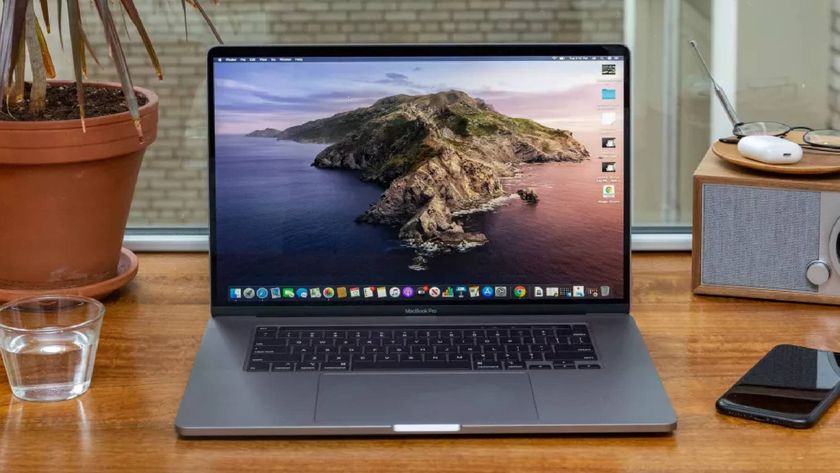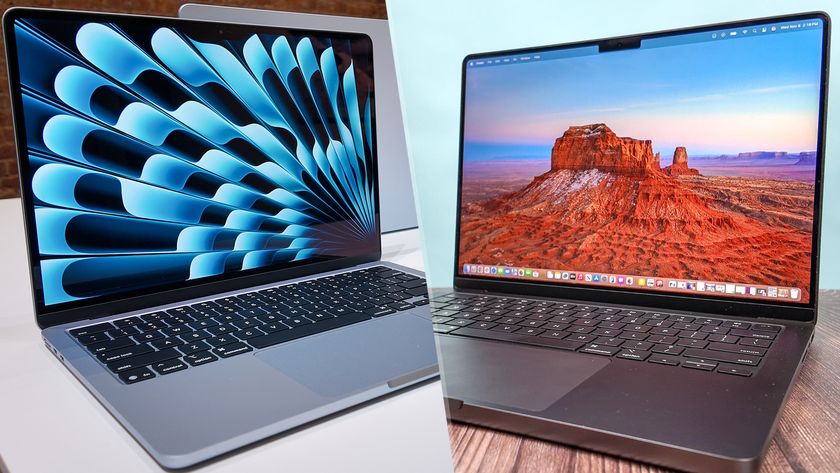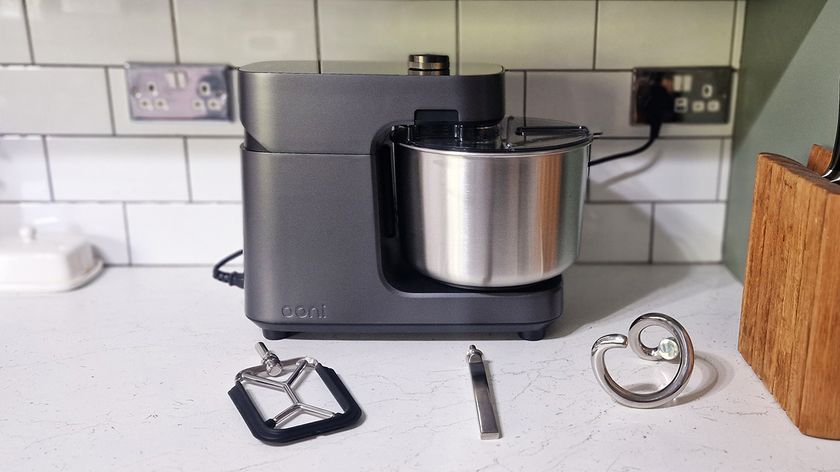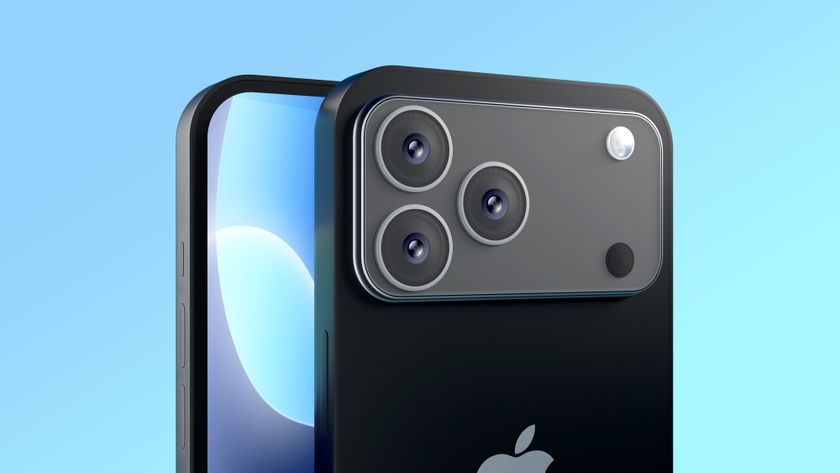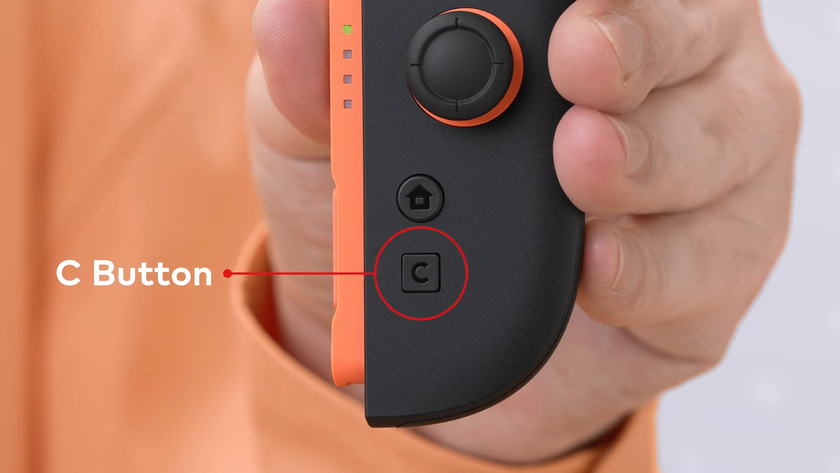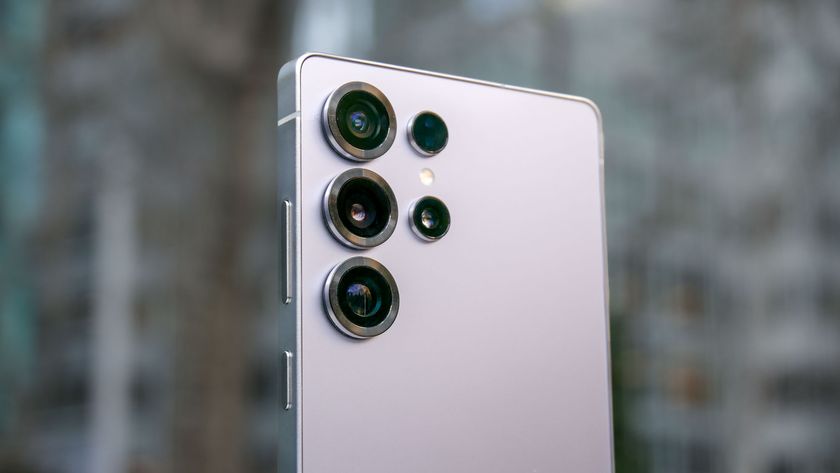M4 MacBook Air benchmark leak reveals huge speed boost over M3 — Intel and AMD should be worried
M4 MacBook Pro performance for $600 less

The M4 MacBook Air isn’t just shocking me with its gorgeous sky blue finish. Leaked Geekbench benchmarks are showing you’re getting near-M4 MacBook Pro numbers at the new lower price of $999.
We’ve seen single-core and multicore scores that put Intel and AMD to shame. But Qualcomm’s Snapdragon X Elite does come sort of close and I’ll explain why later.
By the numbers


So rather than bleat on about it, let’s get into the numbers. Under the codename ‘Mac16,13,’ the M4 Air hit a single-core score of 3,680 and 14,924 in the multi-core. To compare it:
Laptop | Geekbench 6 single-core | Geekbench 6 multicore |
|---|---|---|
M4 MacBook Air (leak) | 3680 | 14924 |
M4 MacBook Pro | 3807 | 15114 |
Dell XPS 13 (Snapdragon X Elite X1E-80-100) | 2797 | 14635 |
Asus Zenbook S16 (AMD Ryzen AI 9 HX 370) | 2765 | 13282 |
M3 MacBook Air | 3082 | 12087 |
Lenovo Yoga Slim 7i Aura Edition (Intel Core Ultra 7 256V) | 2531 | 10711 |
Single-core speeds have always been Apple’s forte, which makes these up-to 45% gains over its competition unsurprising. And the story is similar in the multi-core department, too, with up to 40% faster performance than the Intel Core Ultra 256V in the Lenovo Yoga Slim 7i Aura Edition.
I’ve also thrown the M4 MacBook Pro in there for comparison, and as you can see, the difference is barely negligible — all in a laptop that is $600 less.
There was also a Geekbench GPU benchmark that leaked, and the Air scored 54,684 in this test. This is a bit on the lower side, and (to theorize for a second as Geekbench does not show this) this indicates this could be the lower GPU core-count version of M4 coming in the $999 model.
The x86/Arm divide
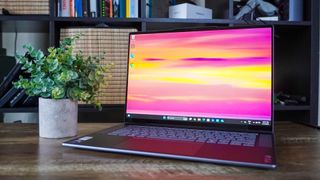
While the Snapdragon X Elite in the Dell XPS 13 does fall behind by 31% in single-core, why does it come close in multi-core? Well that comes down to its similar approach to processing tasks to Apple’s.
Sign up to get the BEST of Tom's Guide direct to your inbox.
Get instant access to breaking news, the hottest reviews, great deals and helpful tips.
Intel and AMD use a more traditional method called x86 — operating what is called complex instruction set computing (CISC). In layman's terms, the chip tackles all the singular tasks of a process all at the same time. It’s done the job well over the past three decades, but Apple silicon and Qualcomm use something a little bit better.
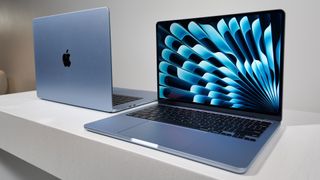
Arm tackles each of the barebone instructions individually in a process known as Reduced Instruction Set Computing (RISC), and it is proven to have better performance and vastly improved battery life.
One thing that Arm architecture chips have not been able to conquer is graphics, which does explain why the GPU benchmark falls slightly on the lower end of my internal scale. That’s not to say there isn’t a plan — Apple’s library of games optimized for its own game development platform, Metal, is growing at a rate of knots. I mean, Cyberpunk 2077 is coming!
Outlook
But ultimately, what these numbers show is Apple yet again leading from the front. The Cupertino crew’s move to Apple Silicon back in 2020 has been a masterstroke in offering impressive performance and dragging out its battery life.
And here we are again, another year where the likes of Intel, AMD and Qualcomm take their steps forward, only for the big half-eaten apple to blindside them all. As Alex Wawro said, this could be the laptop of the year.
More from Tom's Guide

Jason brings a decade of tech and gaming journalism experience to his role as a Managing Editor of Computing at Tom's Guide. He has previously written for Laptop Mag, Tom's Hardware, Kotaku, Stuff and BBC Science Focus. In his spare time, you'll find Jason looking for good dogs to pet or thinking about eating pizza if he isn't already.
You must confirm your public display name before commenting
Please logout and then login again, you will then be prompted to enter your display name.
